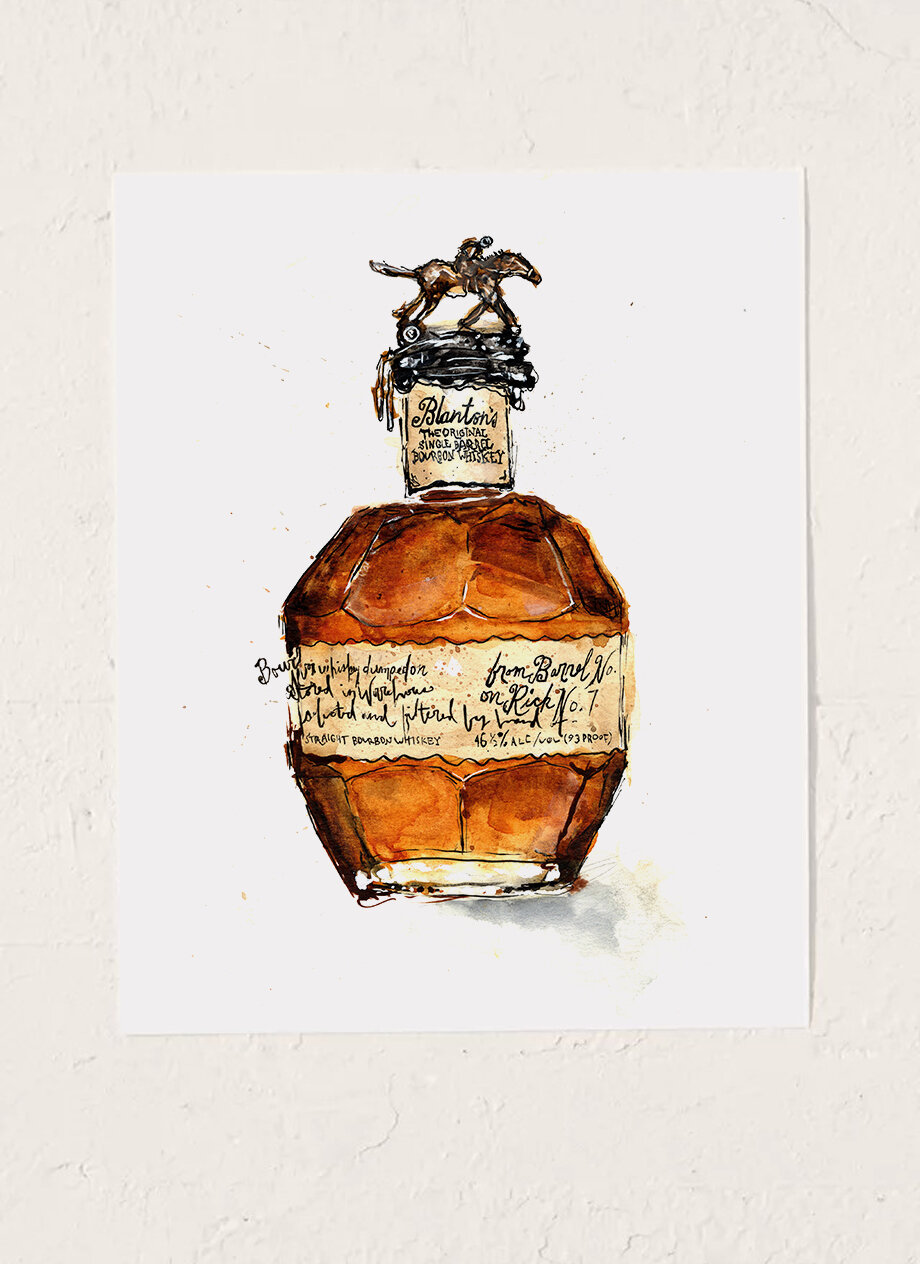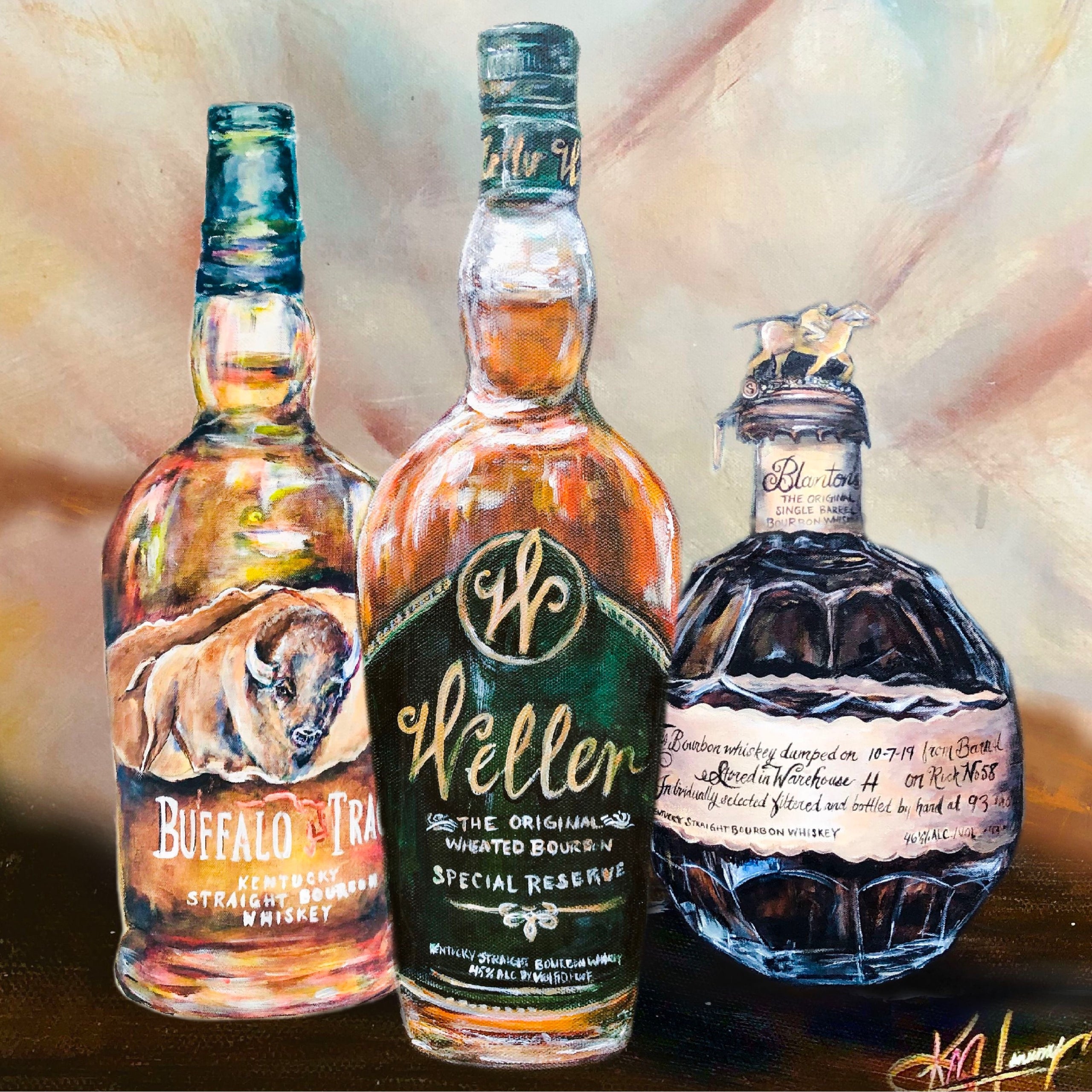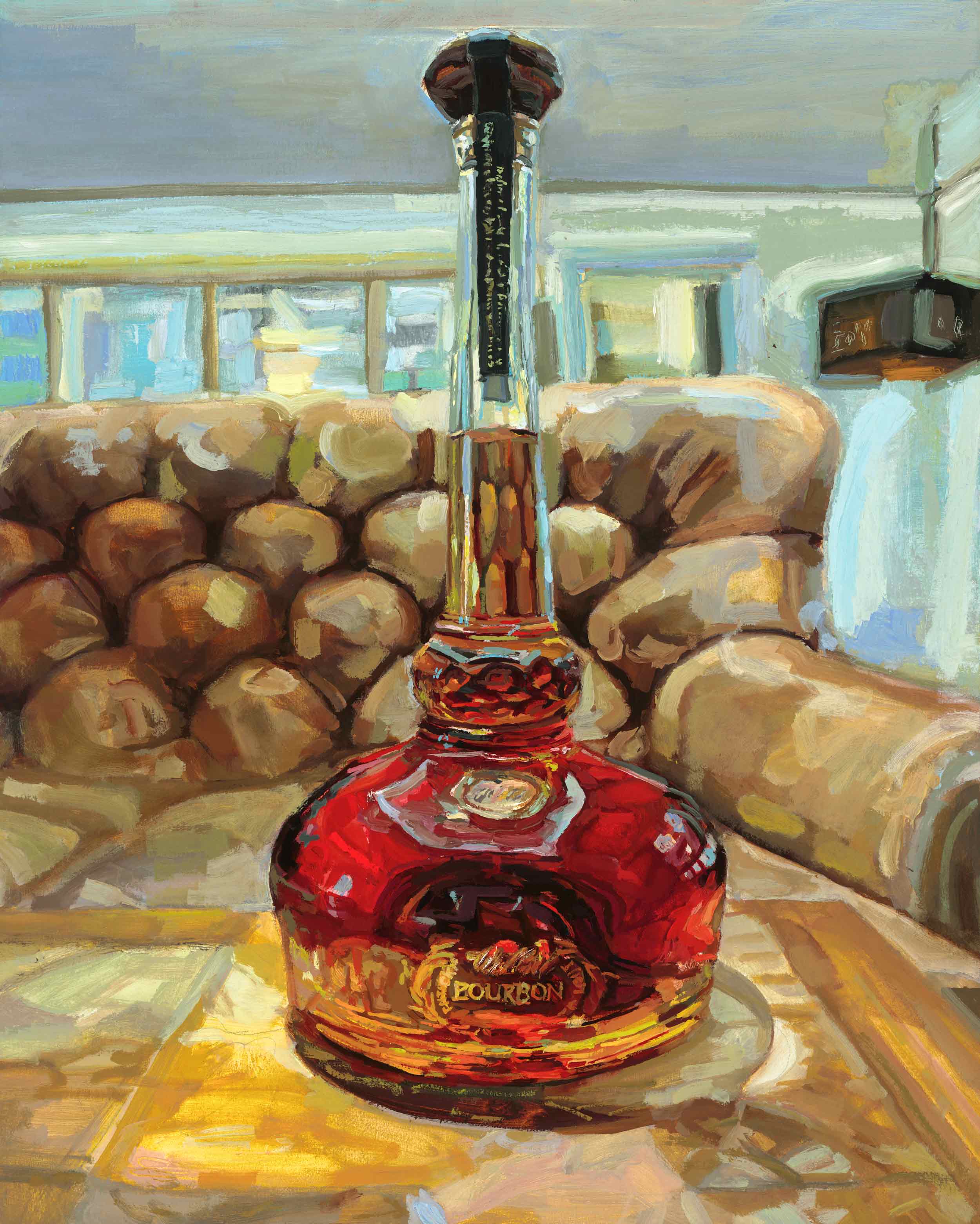Realism Art in the Whiskey Sector: Illustrating Moments of Distillation
Realism Art in the Whiskey Sector: Illustrating Moments of Distillation
Blog Article
The Importance of Whiskey Art in Celebrating Heritage and Craftsmanship in the Beverage Sector
The complex connection in between bourbon art and the celebration of heritage and craftsmanship within the beverage market can not be overemphasized. Via thoughtfully developed bottles and labels, whiskey brands encapsulate their historical roots and the artisanal abilities that specify their production approaches.
The Historical Roots of Whiskey
At the heart of bourbon's appeal lies an abundant tapestry of historical origins that map back to old worlds. The beginnings of whiskey can be connected to the distillation techniques of the Sumerians and Babylonians around 2000 BCE, where very early forms of fermented grain drinks started to arise. Nevertheless, it remained in the Center Ages that the art of distillation progressed dramatically, specifically in Ireland and Scotland, causing the development of scotch as we understand it today.
The term "whiskey" itself originates from the Gaelic word "uisce beatha," indicating "water of life." This expression emphasizes the cultural value of bourbon in Celtic cultures, where it was commonly associated with rituals, events, and common bonding. By the 15th century, purification became an acknowledged craft within monastic communities, leading the way for the facility of legal distilleries.
As trade routes expanded, bourbon's appeal grew, transcending local boundaries and recording the interest of lovers worldwide. Limited Edition. This historic journey shows not just the workmanship behind whiskey production yet additionally its important duty in social and social contexts, noting it as a substantial beverage throughout background
Artistic Expression in Branding
Whiskey branding stands as an engaging intersection of artistry and business, where visual identification plays a critical role in shaping customer assumption. The appearances of bourbon labels, packaging, and advertising materials show not only the brand name's story but additionally its core values and heritage. With artistic expression, distilleries convey a narrative that resonates with customers, evoking feelings and triggering connections.
Making use of shade, typography, and images in branding offers to separate products in a saturated market. For example, typical concepts might stimulate a sense of credibility and craftsmanship, while modern-day layouts can represent advancement and forward-thinking. This critical artistic direction enhances brand name acknowledgment and commitment, allowing customers to forge a personal relationship with the bourbon they choose.
In addition, imaginative expression in branding typically works as a party of local heritage. Distilleries frequently integrate local icons or historic recommendations into their designs, producing a sense of location that welcomes consumers to partake in a more comprehensive social experience. Ultimately, the virtuosity behind scotch branding not just boosts aesthetic charm however additionally enhances the general story of the brand name, cultivating a much deeper recognition for the craftsmanship and heritage ingrained in each bottle.
Workmanship in Bottle Style
The artistry apparent in bourbon branding expands beyond visual identification to encompass the craftsmanship associated with bottle layout. Each bottle serves as a vessel not just for the spirit within, but also for the tale it outlines its practice, beginning, and quality. The style procedure requires thorough attention to detail, as aspects such as closure, product, and form contribute considerably to the overall understanding of the scotch.
Craftsmanship in bottle design entails choosing high-grade glass that can enhance the scotch's color and quality, while additionally offering a tactile experience for the consumer. The shape of the container need to be both aesthetically attractive and practical, often reflecting the heritage of the brand name. Numerous distilleries opt for unique forms or printed logo designs that stimulate a sense of credibility and history.
In addition, the label layout and typography play a vital role in communicating the brand's narrative. Bourbon Art. A well-crafted bottle not just captivates the consumer's eye yet likewise strengthens the brand's dedication to high quality and practice. This way, the craftsmanship of bottle design comes to be a vital aspect of the bourbon experience, combining artistry with a profound respect for heritage
Social Importance of Bourbon Art
Commemorating tradition and craftsmanship, the cultural relevance of scotch art goes beyond plain appearances, intertwining with the social and historical stories of the regions where it comes from. Each bottle acts as a canvas, showing the unique stories, folklore, and traditions that have actually formed local whiskey-making practices. The intricate styles typically show the heritage of the distillers, more information incorporating icons and themes that reverberate with the culture and values of their neighborhoods.

Additionally, whiskey art plays an important role in common gatherings and events, working as a concrete link between people and their shared experiences. By appreciating the virtuosity in whiskey product packaging, customers cultivate a deeper understanding and respect for the craft, inevitably improving their enjoyment of the drink itself.
Modern Trends in Whiskey Discussion
In the last few years, the discussion of bourbon has actually progressed to show contemporary preferences and trends while still recognizing typical workmanship - Whiskey Art. Distilleries are significantly focusing on visual components that improve the overall drinking experience, connecting the void between heritage and modernity
Cutting-edge container styles have actually emerged, typically incorporating lasting materials and creative tags that inform compelling stories. Many brands currently team up with regional artists, instilling their items with unique visual expressions that reverberate with consumers. In addition, limited-edition releases are typically packaged in collectible containers, including worth and charm for lovers.

Final Thought
In verdict, whiskey art serves as a crucial channel for sharing the heritage and workmanship fundamental in the drink sector. Through elaborate branding, ingenious container designs, and culturally substantial creative aspects, whiskey brands efficiently honor their traditions and attach with consumers.


Craftsmanship in bottle style entails picking top notch glass that can improve the scotch's color and quality, while likewise supplying a tactile experience for the customer. In this way, the craftsmanship of container style becomes an important element of the whiskey experience, combining artistry with an extensive regard for heritage.
In verdict, scotch art serves as an important conduit for revealing the heritage and craftsmanship inherent in the beverage industry.
Report this page